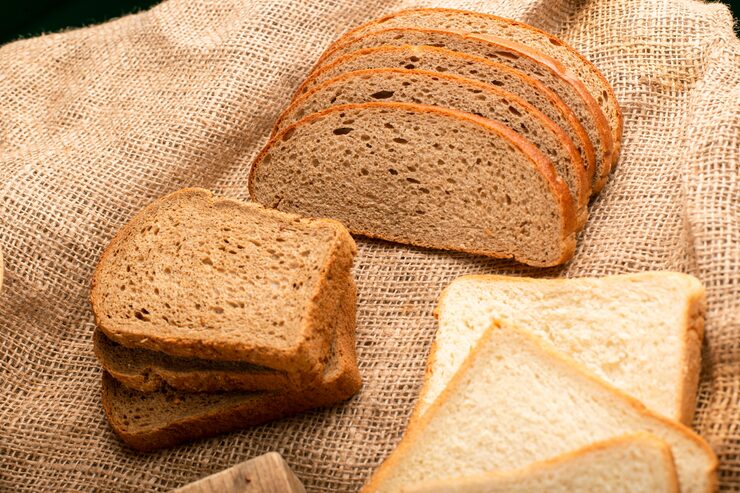Why Bread Can Help with Weight Loss
Bread has been part of human diets for thousands of years — it’s even called “bread from heaven” in the Bible. What makes it a healthy choice? Bread is a good source of carbohydrates, which fuel your body. When you pick whole-grain varieties, they tend to have a lower glycemic index and cause smaller blood sugar spikes than some other carbs, like potatoes. If you enjoy bread while trying to lose weight, tools like Lasta’s online fasting tracker can help you control calories and stick to a plan. The site lets you build meal plans with bread, log what you eat, find recipes, and share ideas with others.
Bread Nutrition Facts to Know
Bread is a common staple in the U.S.; many people eat it every day. The average person eats about two slices daily, but how much is right for you depends on the type and ingredients. Bread brings more than carbs — it can also provide protein, fiber, and other nutrients. Different breads vary widely in size and nutrition, so it’s important to know what you’re choosing. The USDA recommends 6–11 servings of bread daily. Most breads are made from flour, water, yeast, and salt, and some recipes add sugar or honey. They’re usually baked until golden brown or until they sound hollow when tapped. Loaves can be made from white or whole wheat flour, rye, barley, oat bran, cornmeal, and more.

Healthy vs. Unhealthy Bread
The difference isn’t just the ingredients — it’s also how the bread is processed. Less healthy breads often use refined flour, added sugar, and additives, and offer little nutrition. Healthier breads use whole grains, and may include fruits, vegetables, nuts, or eggs for extra fiber and protein.
Is Gluten-Free Bread Helpful for Weight Loss?
Gluten is a protein in wheat that gives dough its structure. Some people are intolerant to gluten and avoid it. Gluten-free bread can be a good choice for some dieters: it may have fewer calories and carbs, can keep you feeling full longer, and some varieties include fiber to help digestion and blood sugar control. Some gluten-free breads are also fortified with nutrients like calcium, iron, and vitamin D.
Breads to Try When You Want to Lose Weight
Try these lower-carb or nutrient-dense breads to fit a weight-loss plan:
– Quinoa bread: Made with quinoa flour (often mixed with rice and oat flours), this gluten-free option can be tasty and high in nutrients. Some recipes add raisins for fiber and minerals.
– Buckwheat bread: Buckwheat is a grain-like seed used in many diets. It has a lower glycemic load, so its carbs break down more slowly and can help reduce hunger between meals.
– Whole wheat bread: A solid choice, whole wheat brings complex carbs, fiber, vitamins, and minerals. It helps control appetite and keeps you feeling fuller longer.
– Oat bread: Oat-based bread is a satisfying snack that provides fiber and protein, which support energy and calorie burning.
Smart Ways to Use Bread for Weight Loss
Bread can fit into a weight-loss plan when paired thoughtfully:
– With vegetables and low-fat cheese: Add lots of veggies and a little low-fat cheese for flavor and protein without too many extra calories. Season with herbs or spices for more taste.
– With peanut butter and honey: A thin spread of peanut butter and a touch of honey adds protein and a little sweetness — keep portions small to control calories.
– With eggs: Top toast with a cooked egg and a sprinkle of cheese for a filling, protein-rich breakfast.
Conclusion: Choose Healthy Bread to Support Your Weight Goals